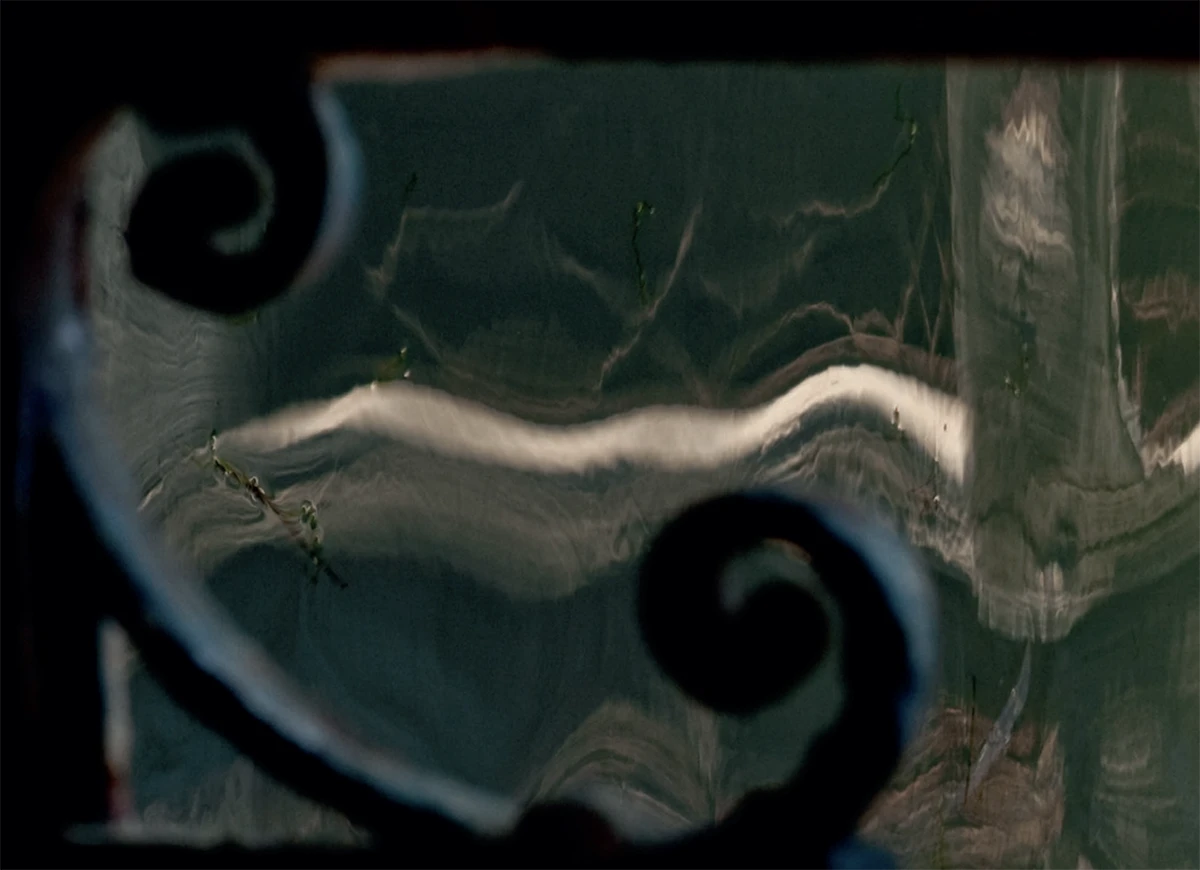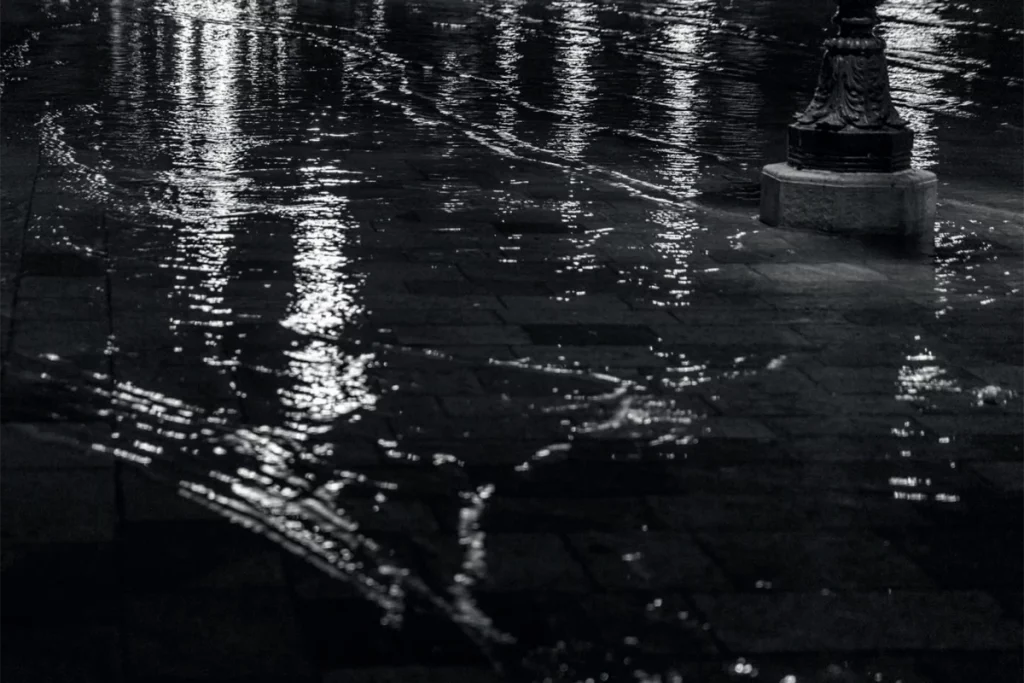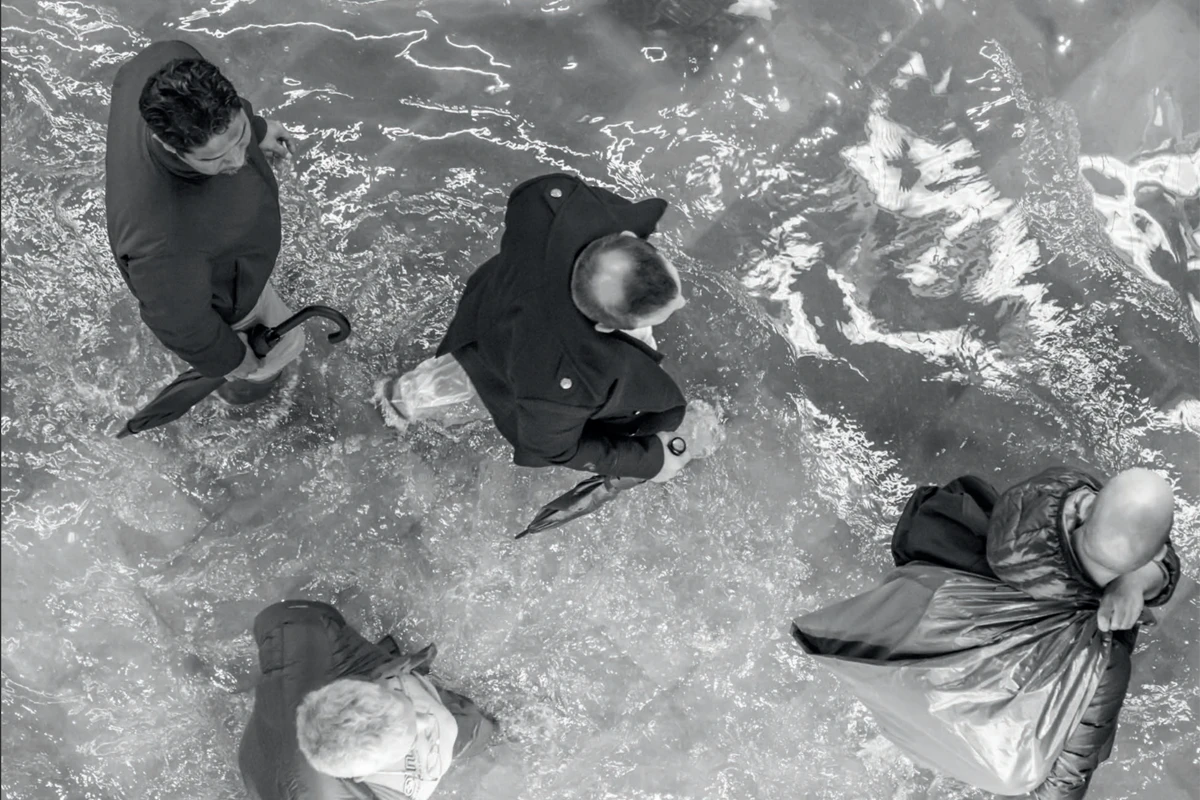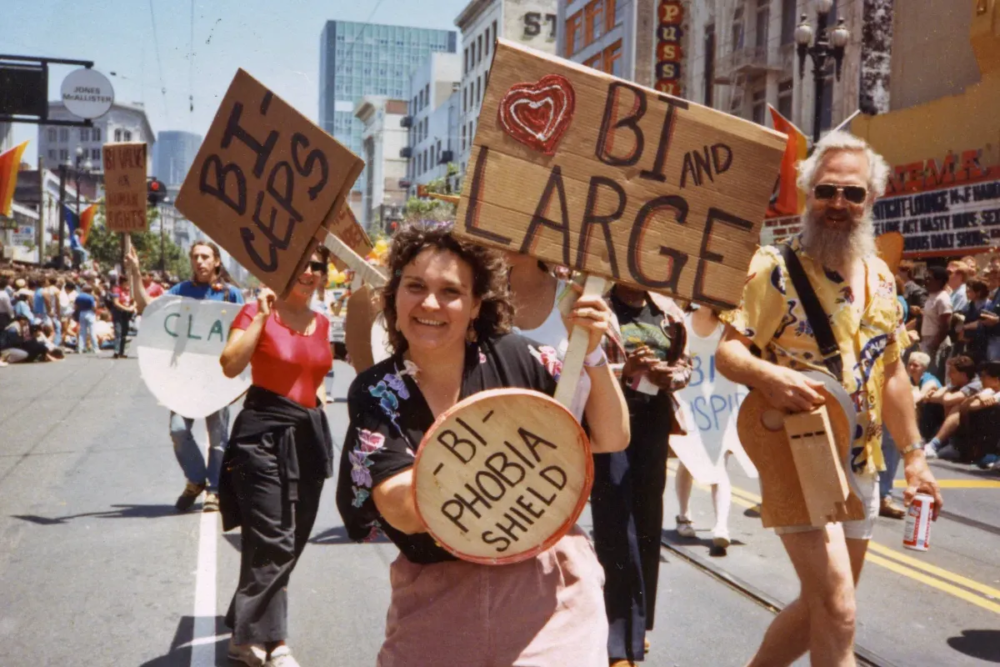
Is it possible to catalogue waves? Tiziano Scarpa has done it
An exploration of how waves reveal the dynamic soul of Venice. Merging aesthetics, fear, and hope in a delicate balance between human intervention and nature’s rhythms – in a conversation with writer Tiziano Scarpa
Interview with Tiziano Scarpa, together with co-author Anna Zemella, on the book Catalogo delle onde – Catalogue of the Waves (Wetlands)
Catalogo delle onde (Catalogue of the Waves) is not a book of protest. The waves are not a pretext to talk about Venice’s well-known issues such as depopulation, overtourism, or housing policies.
“There are already hundreds of denunciation books, all of them rigorous and necessary,” says Tiziano Scarpa, who, together with Anna Zemella, co-authored Catalogue of the Waves (Wetlands). “I tried to do something different, to combine an experiential and aesthetic enjoyment with an awareness of the current situation. Often, especially in Italy, there’s no other narrative about beauty. We go on and on about this word, about this concept that’s overused, rhetorical, and even dangerous, because under its spell, you don’t see how things really are. The beauty I talk about also involves terror and fear because these waves can destroy. I stand up for beauty.”
“We go to the cinema not just to say, ‘Oh, how wonderful,’ but also to feel fear or to laugh. After watching a film, I might say, ‘What a beautiful film—it made me cry so much!’ In this catalogue, I tried to highlight all these aspects. Still, it’s not merely an aesthetic or immersive fascination, because this same water that creates such allure may also be what ends up destroying it. If it wears down the city, there won’t be anything left to marvel at.”
Catalogue of the Waves by Tiziano Scarpa and Anna Zemella
Can we still say something new about Venice after centuries of writers and the fact that people continue to write about it every day? Catalogue of the Waves is a hybrid undertaking: it’s both a photo book and a poetic work in which writing and photography blend. It conveys a kind of enchanted vision that is no less rooted in reality—offered by two Venetians who love their city.

“I’ve written and talked about Venice so much that sometimes I wonder, ‘What else is there to say?’ So I started focusing on those aspects that seem secondary and don’t appear in political debates yet form the basis upon which life here exists: the presence of water in everyday Venetian life is one of these. Architecture, art, demographic problems, and tourism should not make us forget the fundamental conditions of life that we often take for granted. I’m amazed that there are still so many things one can say about Venice and about life,” explains Tiziano Scarpa, writer, playwright, and poet.
Tiziano Scarpa: How the collaboration with Anna Zemella came about
This book was born out of chance. Co-author and Venetian photographer Anna Zemella, in her artistic research, has drawn inspiration from her relationship with Venice, its inhabitants, and its surroundings. Her photos capture an inherently elusive subject: water. She has photographed the tides, the waves, the algae in the canals, and Venetians standing in water up to their calves. These photographs are not a mere appendix to the book; they already existed but were lucky enough to meet Tiziano Scarpa’s words, shedding light on a vision of Venice as seen through its defining natural element: water.
“Anna Zemella heard me read some pieces at the Ateneo Veneto that I’d written in an unfinished, embryonic form. After the reading, Anna told me she too was inspired by waves but captured them through her medium, photography. It was a fortuitous encounter. We already knew each other—in Venice you run into people and greet them on the street—but we had never collaborated before.”
Catalogue of the Waves: An ode to contemplation
The etymology of the verb “to contemplate” comes from the Latin contemplari, where con- means “together” or “with,” and templum originally meant “sacred space” or “area marked out for ritual observation.” In Roman culture, the templum was a section of sky or land defined by augurs (priests) for observing divine signs. Thus, contemplari referred to the act of carefully observing this sacred space to interpret signs or omens. Over time, the meaning shifted from watching birds in flight to the prolonged, intense act of gazing and reflecting on something that evokes wonder or reverence.
In this sense, Tiziano Scarpa becomes something of an augur, but rather than focusing his gaze on the sky, he turns it on the water—the element that keeps his city alive.
“I’m often entranced, especially when I take the vaporetti (public waterbuses) or even just walk around the city. One of the most obvious but captivating moments is what we call the gibigianna, which is the reflection of sunlight on building façades, but more often under bridge arches. The underside of a bridge becomes an unintentional screen onto which these reflections are projected, a moving latticework of light. They look almost like filaments of optical fibers. They’re mesmerizing; I watch them intently and sometimes film them. In a city of water, you naturally pay special attention to it because it’s also an aesthetic presence.”
Catalogue of the Waves by Tiziano Scarpa and Anna Zemella: The “flat wave” that keeps Venice alive
The canal water in Venice may look motionless, but it is constantly on the move—sometimes rapidly, sometimes more slowly. It’s a continuous breathing, ebbing and flowing with the tides to flush out the city’s canals and push water back to the sea. For centuries, this movement purified and oxygenated Venice before any sewage system existed, preventing the lagoon from stagnating. Venice is built on a lagoon—a coastal environment featuring brackish water, interwoven canals, islands, and barene (mudflats that emerge at low tide). The Venetian Lagoon is connected to the Adriatic through three openings—Lido, Malamocco, and Chioggia—that allow seawater to flow in and out with the tides, sustaining a fragile ecosystem and playing a fundamental role in daily life.
This seemingly imperceptible yet constant wave is what Scarpa calls the “flat wave”:

“I was twenty years old when someone lent me the keys to a storeroom by a canal, which I used as a studio for an entire summer. […] One night a marvel occurred. […] The light from a streetlamp on the opposite bank fell on the water, bounced off the canal’s surface, rose up to the small storeroom window, and entered the room I was in, reflecting onto the very low ceiling. […] I stayed there, staring upwards for a long time, watching. I could see the tiniest ripples on the water, the hollows made on the surface tension by a twig, the body of a dead insect floating along, a leaf that had dropped from a tree or algae, a bit of paper, a crumb. It was like an X-ray, not of something hidden inside a body or object, but of the surface itself.”
Catalogue of the Waves: Communicating among boaters through waves
In Catalogue of the Waves, Tiziano Scarpa lists different types of waves: from natural phenomena such as mechanical or laminar waves to emotional and relational waves. Waves, then, aren’t just something to observe but also a “code of conduct” for Venice’s boaters—from walking slowly through high water so as not to splash to piloting a boat in a way that respects other boaters.

“This book catalogs various types of waves: hysterical waves, relational waves, flat waves, laminar waves, pluvial discs. It’s not only a matter of observing them; there’s also a physical enjoyment in boating, in sending signals from one boat to another, as I describe in the chapter on ‘relational waves.’ Knowing about waves means learning to communicate politely or rudely with someone on another boat: you can make big waves or slow down so you don’t disturb other vessels. It’s a way of interacting, a message of civility and friendship. That’s the heart of the book.”
Laminar waves, “acqua alta,” and Tiziano Scarpa
“Human interventions have eliminated many barene, so starting in the 1900s, the high tides were no longer fully absorbed by the lagoon. Instead, they began layering on top of each other—what scientists call ‘lamination.’ So there are these laminar waves, like slabs or layers that slide over the water’s surface and stack up, causing today’s version of acqua alta (‘high water,’ or flooding). Those are also the waves that the MOSE system (Experimental Electromechanical Modules) is designed to hold back during emergencies, preventing the sea from entering through the lagoon inlets.”
Thinking about laminar waves inevitably brings to mind the extraordinary acqua alta that struck Venice on November 12, 2019, creating tremendous hardship. The scale of that event underscored the city’s vulnerability and the urgent need to protect it. Are there any signs that remain etched into the city after those days of record flooding?

“Following that event, the MOSE system—still not fully tested at the time—was put into operation. The damage and intolerable situation caused by that acqua alta accelerated its use. Clearly, such catastrophes are part of the larger global crises our planet’s climate is warning us about. We might think of what recently happened in Emilia in Italy or in Valencia in Spain. These disasters are tragic and horrible, but in a sense they’re mild compared to what could happen—and probably will—if we don’t change our societal, productive, and consumerist models.”
Tiziano Scarpa
He is a Venetian writer, poet, and essayist. Among his books are Venezia è un pesce (Venice is a Fish, Feltrinelli), Stabat Mater (which won the 2009 Strega Prize), Il brevetto del geco, and the recent La verità e la biro (Einaudi, 2023). Venezia è un pesce was re-issued in 2020 in a revised and expanded edition.
Anna Zemella
A Venetian photographer. Her works, intimately linked to Venice, its lagoon, and its people, have been exhibited in numerous shows. Actively engaged in defending the city, her photographs have appeared in various publications.
Wetlands
Catalogue of the Waves is available in a bilingual Italian and English edition, with an English translation by Jo-Ann Titmarsh. Wetlands is a nonprofit social enterprise guided by principles of equality, participation, diversity, respect for the environment, and cultural pluralism. The Wetlands project is carbon neutral and locally sourced: all books are composed, produced, and printed in Venice using sustainable paper and local labor.







